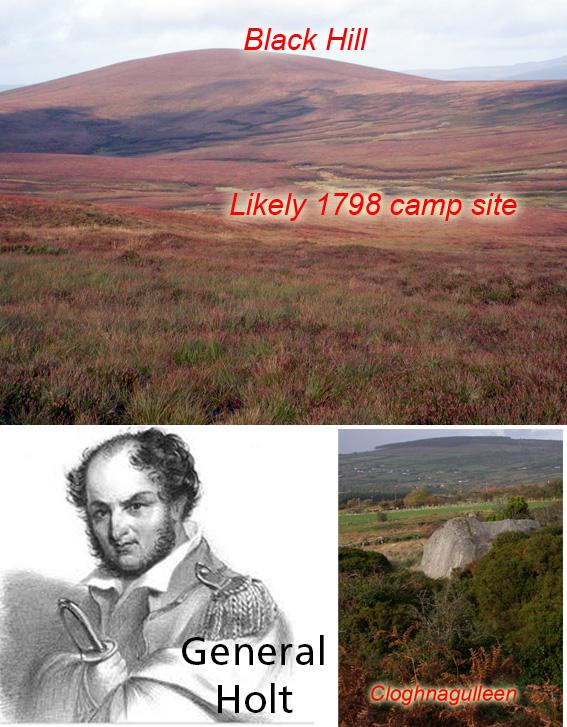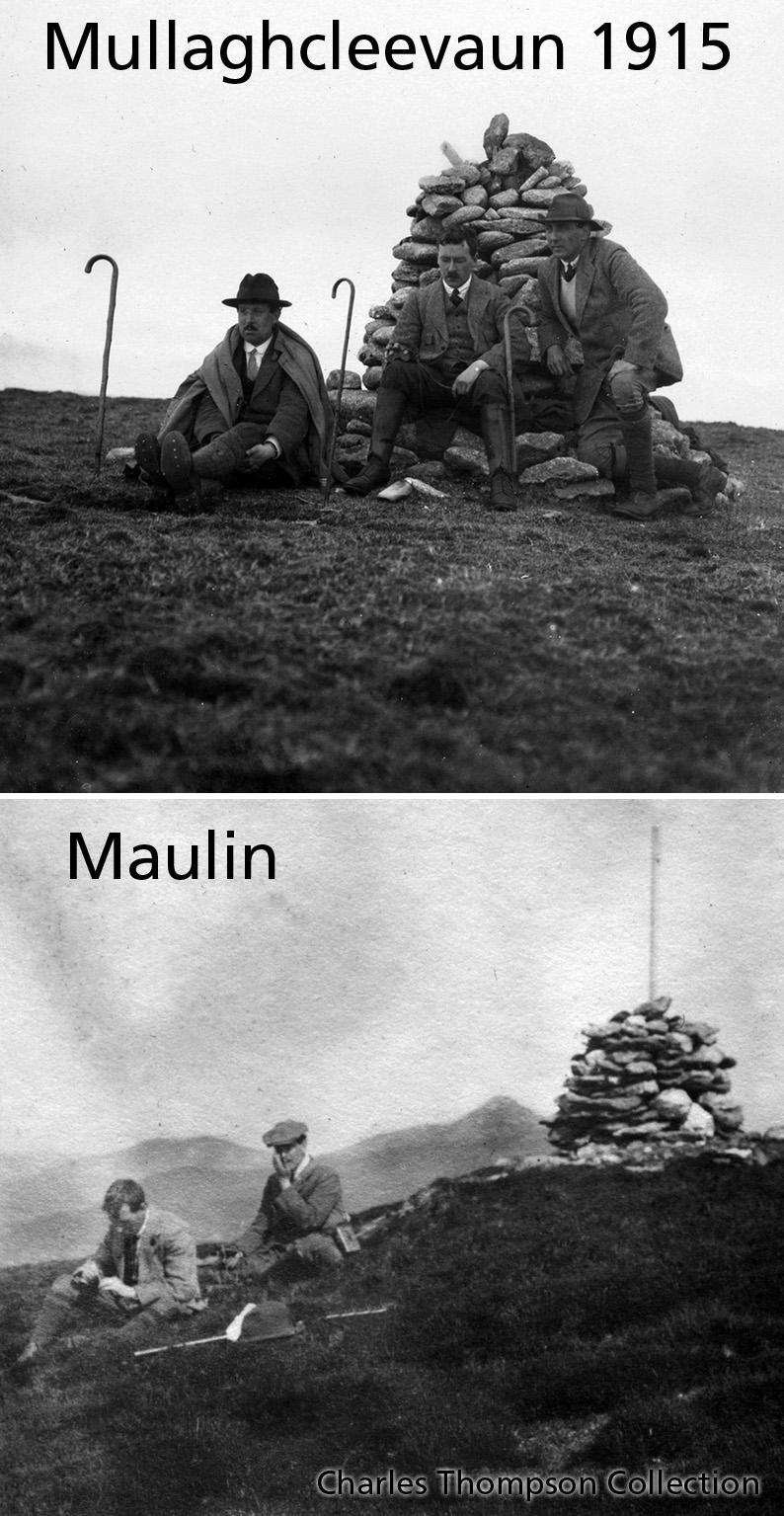Coumshingaun or is it?
Type Coumshingaun into Google and you’ll get a plethora of photos of what is arguably Ireland’s finest corrie or coum. Once the source of a small glacier that flowed off the Comeragh hills, we are left with a deep bowl in the mountainside which measures about a kilometre in length & breadth and with a depth of 400 metres on the massive back wall. Visiting the dramatic lake set in this bowl is a popular outing usually undertaken from Kilclooney Wood. But this reward is not for the lazy motorist, shank’s mare is required and the ascent is a stiff little 30-45 minute walk.
The official Irish version of this name is Com Seangán – the coum of the ants or pismires as they are sometimes called. This derivation is widespread and has some history – we can see it Hall’s Tour of Ireland published 1841, where they refer to Coomshinawin and give the explanation regarding ants. However others have doubted this origin, including the 19th century linguist Dr.Henebry, who was from nearby Portlaw. There are two matters to consider:
1) Why would this coum be subject to ants anymore than any other coum or place nearby? It would need to be or have been a noteworthy location for such insects.
2) Local pronunciation distinctly omits the ‘g’ of ‘Seangán’ – local hill farmers and people say Com Shin-aun. I find the name said with notable consistency both on the Kilclooney side of the hills and the Nire valley side etc. We find similar anglicised spellings in the Schools Collection of the 1930s and I very much doubt if local parlance has changed since Hall’s time. These names are passed on aurally from generation to generation and don’t corrupt easily.
First you’ll find the local pronunciation of ‘com’ here – listen to the Munster dialect version: https://www.teanglann.ie/en/fuaim/com It’s said like ‘comb’ except rhyming with ‘frown’. This applies to all coms in the Comeragh area; Com Tae, Com Mahon, Fás Chom etc. So the Irish pronunciation of ‘com’ is perfectly preserved in local speech. However Comeragh is said more like Cum-mera. The ‘Shinaun’ part is said just as is, ‘Shin-aun’.
Furthermore among the local people I’ve asked to date, whilst the reference to ants is known, they don’t recall their older relatives ever discussing this meaning or any stories connected with ants. Now I’d be slow to dismiss the seangán/ ant meaning, it is long standing and there is some written tradition to it. However there is a logical alternative, which is well worth considering:
Dineen’s Irish dictionary gives us the word ‘siúnán’ or ‘síonán’ in Waterford and he apparently collected vocabulary in the Comeragh area. A ‘síonán’ was a type of wicker basket, a seed basket used for collecting fruits, vegetables, seed etc. Readers will be familiar with the word ‘cliabhán’ – ‘cleevaun’ as in Mullaghcleevaun, where a ‘cliabhán’ was typically a wicker cradle. Mullaghcleevaun is the ‘mountain with a cradle shaped bowl’ and it does indeed have a small coum on it’s flank.
Now the word ‘síonán’ would match local pronunciation well enough. And I think you’ll agree that Com Shinaun or Com Shíonán – the ‘com shaped like a seed basket’ is a very apt topographic description of this dramatic place and rather more likely than a reference to pismires. However that said, I’m not sure that the original Irish form or meaning can be ascribed with certainty.




